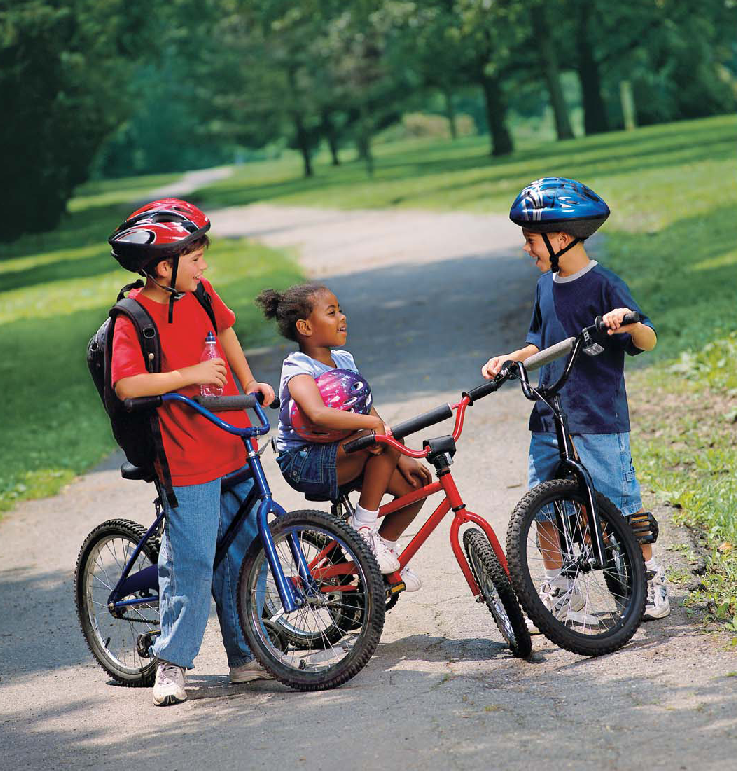As a nation, we know that our own choices and behaviors - including physical inactivity - have contributed to rising rates of chronic disease and obesity. It seems easy enough to encourage individuals and families to engage in more physical activity. But the reality is that in many communities across the nation, making healthy choices such as getting active is not only difficult; sometimes it's not even option.
"It's not that hard," we might say. "Just go out and take a walk around your neighborhood." But what if that neighborhood doesn't have sidewalks, and is cut off from other parts of the community? What if residents in that neighborhood feel unsafe when walking around because of poor lighting or other issues? What if children can't play because of lack of space?
Confronting our nation's health crisis requires that we support individuals and communtiies in making better choices, and that we work together to address the underlying conditions and other factors - stress, poverty, social isolation, and neighborhood safety - that contribute to declining health and well-being. This is especially important for those living in communities with limited access to the tools and resources needed to attain and maintain a healthier lifestyle.
We need to make the healthy choice the easy choice by ensuring that our communities have adequate opportunities for children, families and adults to engage in healthy behaviors in all of the places where they live, work, learn, and play.

The Y, along with many other national and local organizations, is part of a growing "healthier communities" movement around the nation, bringing together community leaders and advocates to transform environments and to ensure that healthy opportunities are available to all - no matter where they live.
These collaborative efforts are making getting fit by active transportation easier by creating streets that are safe for all users whether they walk, bike or drive. They are making it easier for kids to walk to school by providing walking school buses and designated walk-to-school days. They are building or repairing parks or playgrounds, thereby providing opportunities for kids and families to play together. They are connecting communtiies by building walking and bike paths. They are ensuring that town and city plans address community design to ensure they support physical activity - and so much more.
A healthier community is a stronger community, leading not only to improved chronic disease and obesity rates, but often an improved economy. Imagine a neighborhood where businesses that struggled suddenly thrive after new street lighting makes it possible to shop at night. Imagine children playing in a new park. Imagine a new bustling town businesses district that is connected to residential neighborhoods through pedestrian and bike trails.
The possibilities are limitless, but it will take all parts of a community working together to achieve the goal of healthy communities where opportunities for physical activity benefit everyone.
What kind of barriers to physical activity might communities face? What are some things that communities can do together to overcome those barriers? Who might need to work together to help support physical activity in these communities? What ares ome of the benefits, outside of improved physical health, that healthier communities can lead to?






